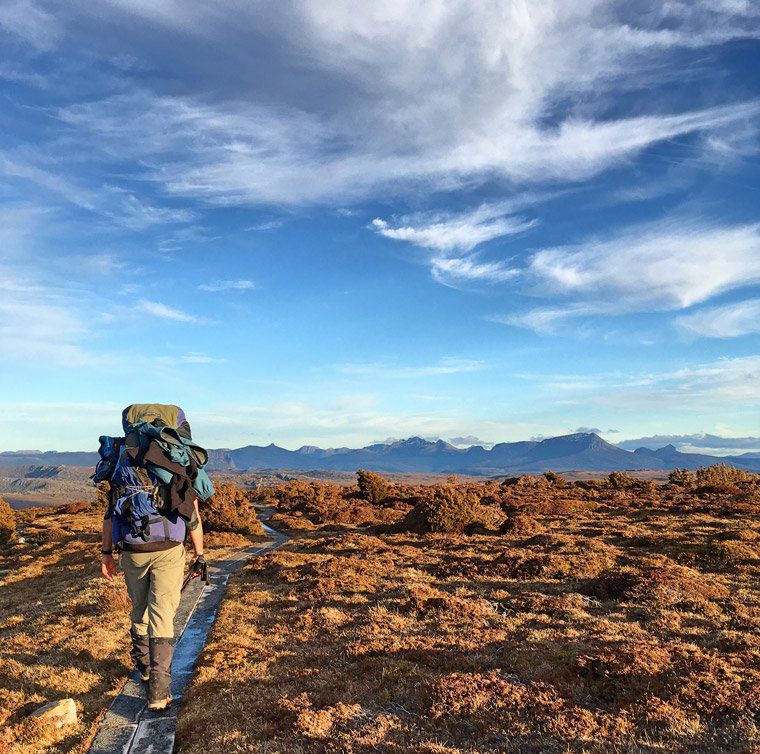
How To Choose Hiking and Outdoor Backpacks
Expert advice to find a backpack with the fit and function you need for high-altitude adventures of any duration.
--
How to Pick a Hiking Backpack
Few things are as freeing as putting your feet to the earth and exploring new trails. Hiking cures restless soul syndrome in adults. Teaches kids to be fearless. Creates bonds with canine companions. At times hiking is challenging— few people enjoy steep switchbacks on a south-facing slope—but the relaxing stretches in the shade of the pinion pines and the inspiring views from the top are worth it. The physical, mental and emotional benefits are profoundly rewarding. Whether you’re gearing up for your first hike ever, retiring and replacing a well-traveled knapsack or adding to your evergrowing collection of backpacks, it’s important to select a style that suits your unique needs. Don’t select a pack based solely off a friend’s recommendation or a rave review you read online. Ask yourself a few questions before making a purchase. Your answers determine what the best hiking backpack is for YOU.

Picking a Hiking Backpack Based on Weather & Seasons
What’s the weather like? Multi-season packs are the most versatile, ideal for those who hike spring through fall. Look for breathable back panels to make hiking in hot weather more comfortable, and easily accessible stash pockets where you can stow hats and gloves during unpredictable shoulder seasons. Side access zippers allow you to swing a large backpack in front of you and pull a puffer from the main compartment if desired. If you plan to hike during the fourth season, external attachment points are a gotta-have-it feature for securing your snowboard or other bulky gear needed for backcountry touring. Winter hikers and snowshoers typically want to shop for slightly larger packs to accommodate insulated clothing and a small camp stove. Waterproof backpacks complete with sealed zippers or those with dedicated rain cover compartments are also handy for wintry weather, not to mention adventures in tropical climates. (Costa Rica, anyone?)

What Size Backpack Capacity Do I Need?
How much is too much? Bigger isn’t necessarily better. You want to be prepared without overpacking and straining your back. Adults should not carry a load of more than 20 percent of their body weight, while the target weight for children should stay between 10-15 percent. Even though there’s a lot of lightweight outdoor gear on the market, a petite person probably can’t handle a 105-liter pack when fully loaded. The duration of your adventure should also play a part in your decision. Longer trips obviously require more food, water and gear. Use the chart below to guide your purchase, factoring in any personal wants and needs. For instance, parents hitting the trail with children may want a larger pack than listed because they usually end up hauling extra stuff (snacks, snacks and more snacks!) up the hill to keep their kids happy. Ultralight backpackers with lots of compressible gear, on the other hand, may prefer a smaller pack.
Here is our general rule for how to choose the right size backpack for hiking: For day hikes up to 12 hours, a 15-30 liter pack will carry the essentials and a few extra items. Single overnight trips usually require 25-50 liter bags with your sleeping bag attached to the exterior straps, which most packs of this size include. For a weekend trip (up to 2 nights) we prefer bags between 45-55 liters. If we're going for a multi-day hike between 3-5 nights we'll pack between 50-80 liters. Any expedition trips of 5+ nights definitely require more gear, 75-105 liters, especially if the season requires heavier layers.

How to Size a Hiking Backpack
What’s your torso measurement? Choosing the torso length on your backpack requires a Goldilocks mentality. Too short? It digs into your armpits and puts too much weight on your shoulders. Too long? It gaps at the shoulders and makes the load unstable.
How to Measure Yourself for a Backpack
Find the fit that’s just right by getting another person to measure your torso. Bend your head forward and feel where the bone protrudes at the base of your neck—that’s your C7, the starting point for the measurement. Put your index fingers on the top of your hip bones and point your thumbs around your back, keeping them level. The spot on your lumbar spine between your thumbs is the ending point. The tape measure should conform to the curve of you back to get an accurate measurement. Different outdoor brands have different sizes. Some have adjustable torsos, while others are fixed. Refer to the tech specs to find the size with the range that your torso length fits in. If your measurement falls right on the borderline of the size guide, we recommend ordering the next size up or selecting a different style. Some brands also offer women’s sizes with shorter torsos than unisex sizes. These packs also tend to have a narrower frame and contoured straps to fit the female shape more comfortably.

Types of Outdoor Backpack Suspension
Which type of suspension is best? A backpack’s suspension system includes its frame, shoulder straps, load lifters, hip belt and sternum strap. Together, these components take the weight of the pack off your shoulders and transfer about 80 percent of it to your hips. Day hikers usually don’t need a frame or a hip belt. But as both the length of your hike and the weight of your pack increases, so should the strength of your suspension. The amount of padding on the belt and straps should also increase with the weight. To maximize comfort and convenience, look for styles with straps that allow you to make micro-adjustments while on the go. Internal-frame backpacks boast a form-fitting profile to prevent the load from swaying and throwing you off balance, an awesome accomplishment on uneven terrain. Historically, internal frames were made from aluminum, but modern styles utilize plastic, alloys and even air to keep the weight of the pack down. Internal frames are suitable for moderate loads up to about 40 pounds. If you are carrying a heavier load, or you need to attach your skis, a camp chair, an inflatable kayak or other irregularly shaped items (Guitar? Outdoor blender? No judgment.), a pack with an external frame is better suited for the adventure. External frame backpacks also allow more air to circulate between your body and the pack for a cooler hike.
How to Care For and Store Outdoor Backpacks
The last thing you want when out on the trail is for a zipper to fail. Like any outdoor gear, it’s important to give your hiking backpack a little love and attention so it remains committed to your cause. Dirt, sap and salt can ruin a pack if allowed to accumulate in zippers or penetrate the fabric. We recommend gently brushing zippers and spot cleaning the interior and exterior of the hiking backpack after each trip. Wash your entire pack according to the manufacturer's instructions as needed, and make sure it is completely dry before storing it. No one likes the sight or smell of mildew! This is especially true when it comes to hydration reservoirs. For packs with this feature, it’s also important to keep the bladder clean and dry between uses. Use purifying tablets occasionally and don’t neglect the tubing. Yeah, we know it’s a pain. But there are plenty of size-specific brushes, drying systems and other products available to simplify the process.
Shop for Premium Outdoor and Hiking Backpacks
If you are in the market for a new outdoor backpack, check out our selection of premium quality packs that have been hand-curated to make picking the right hiking backpack as easy as possible. Shop today and be on the trail in no time.




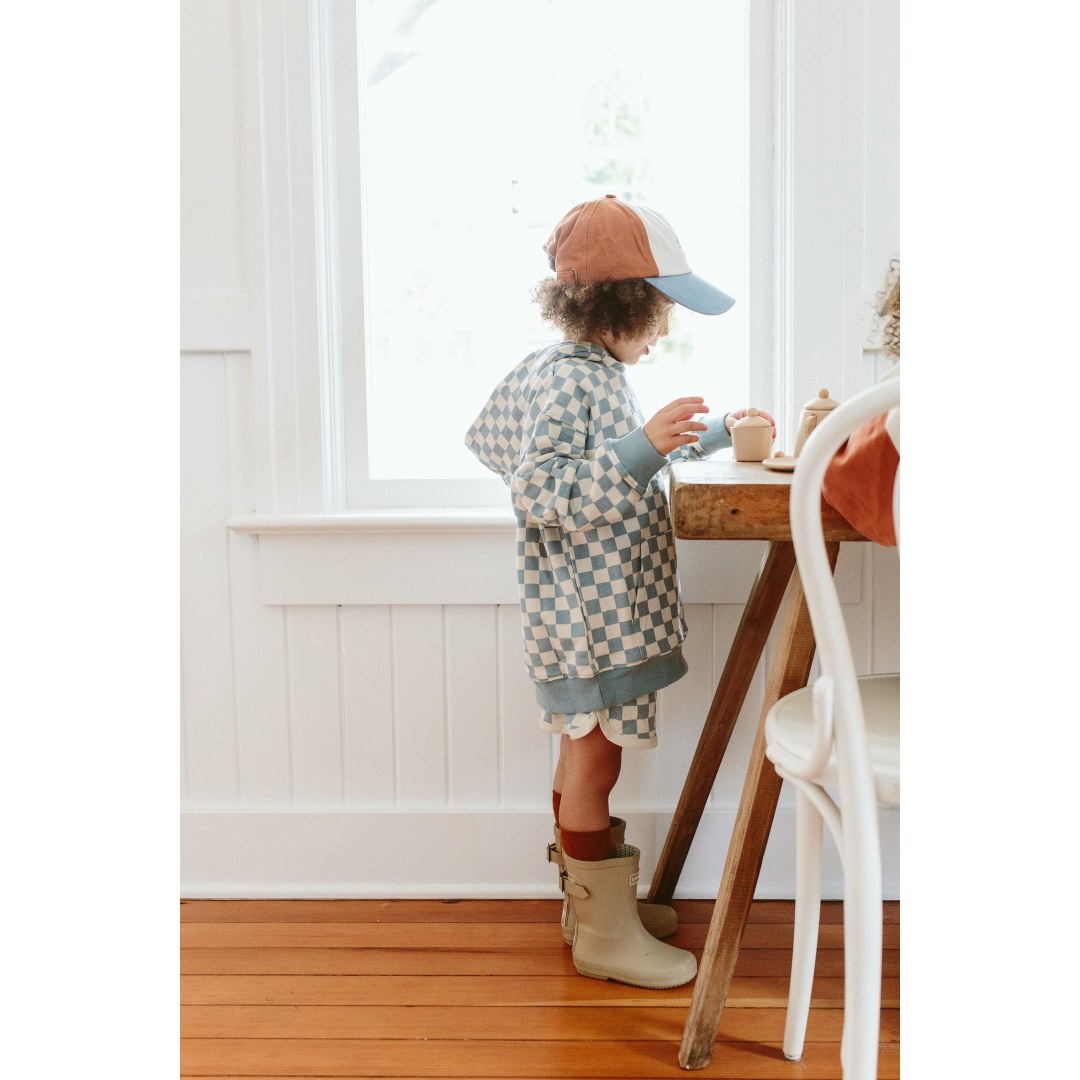
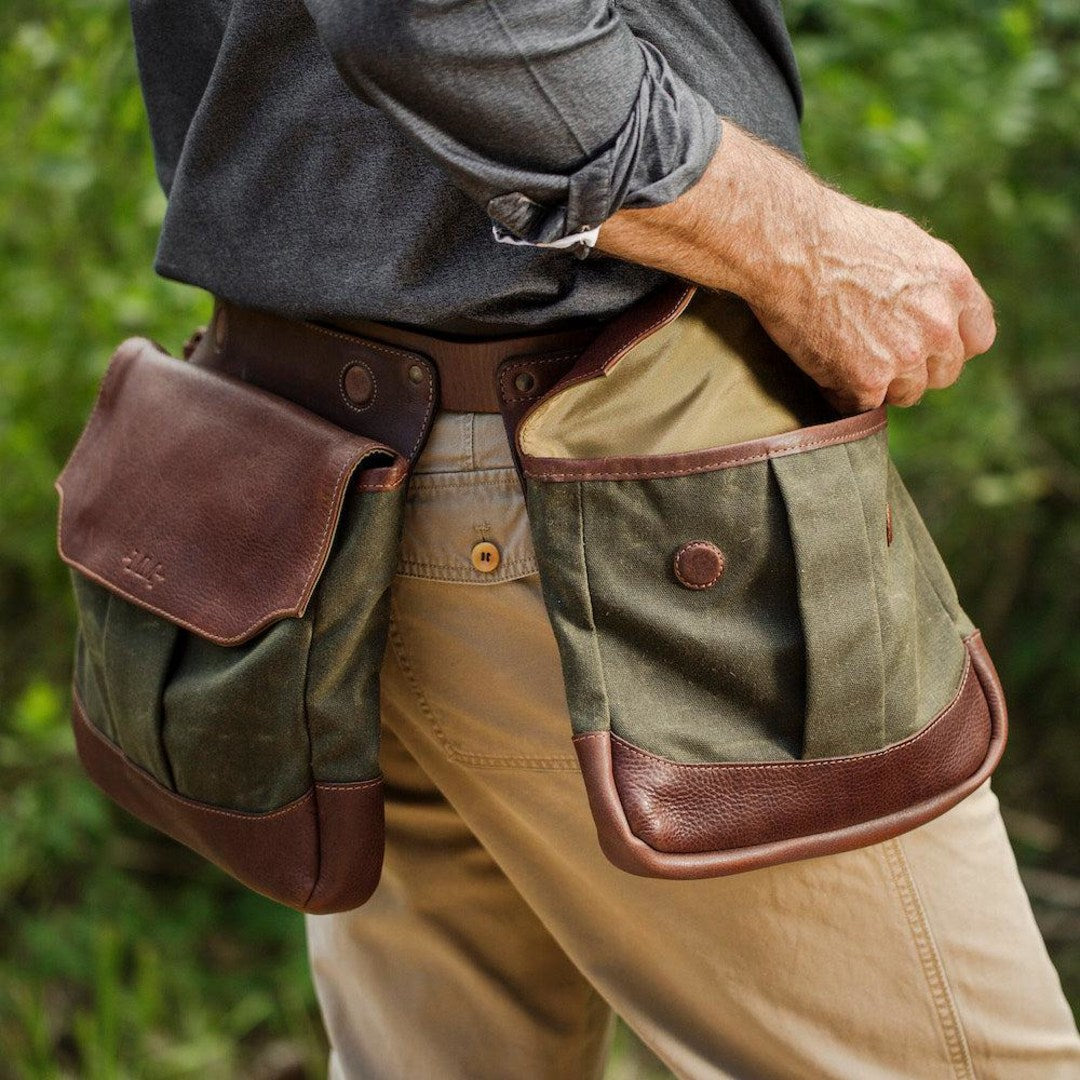
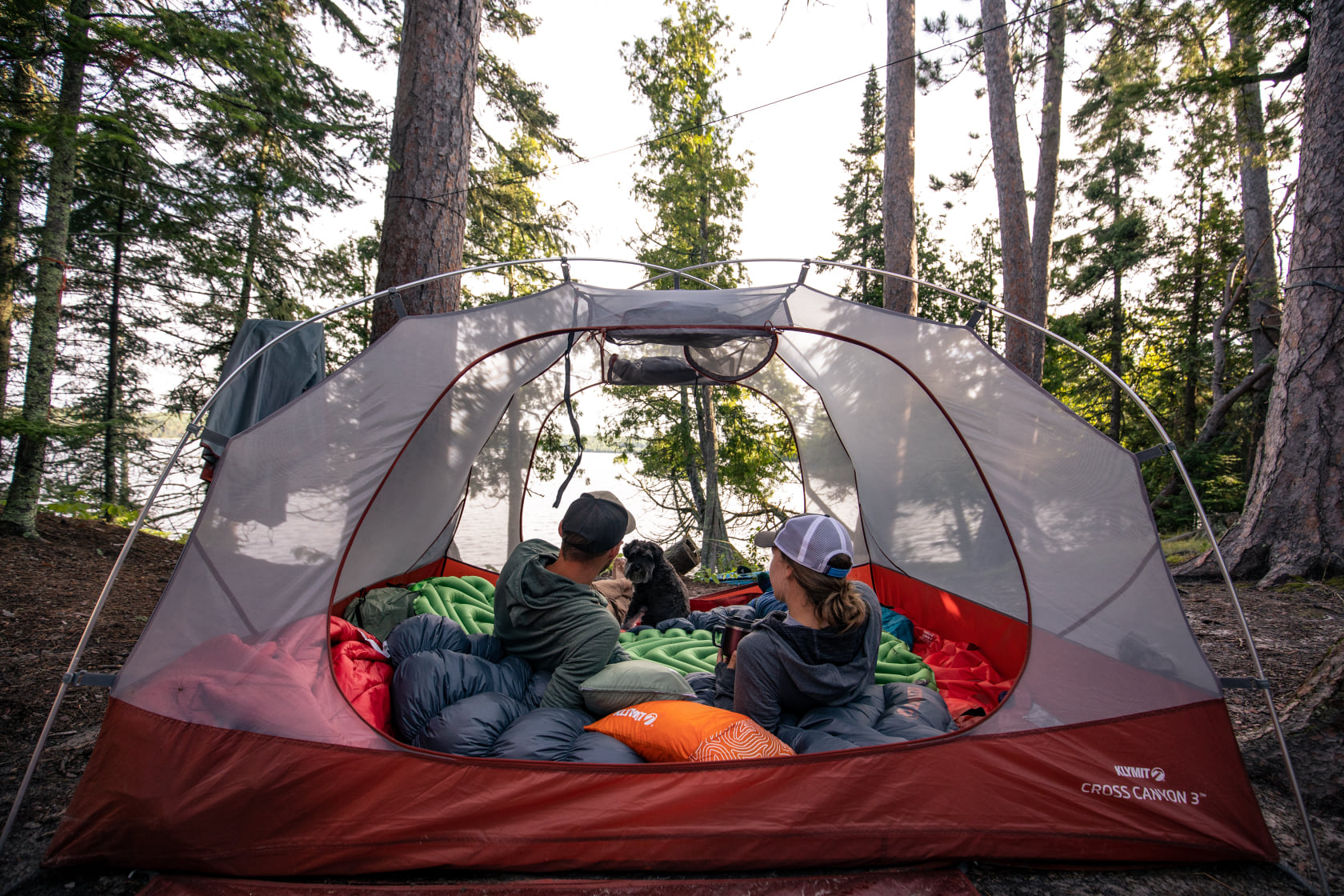

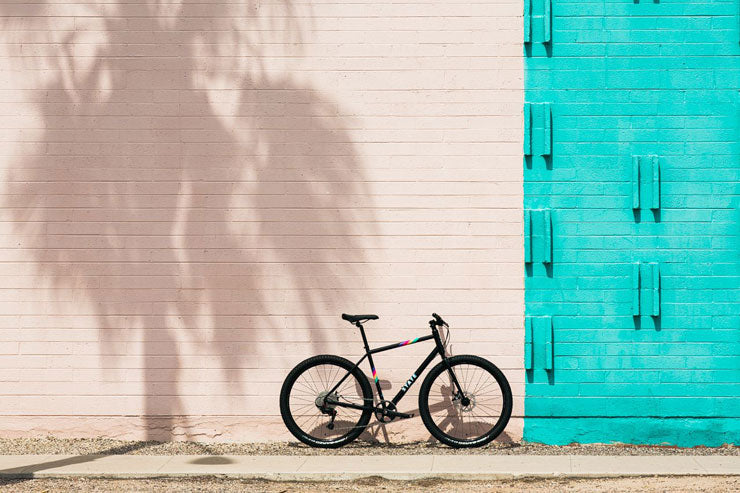


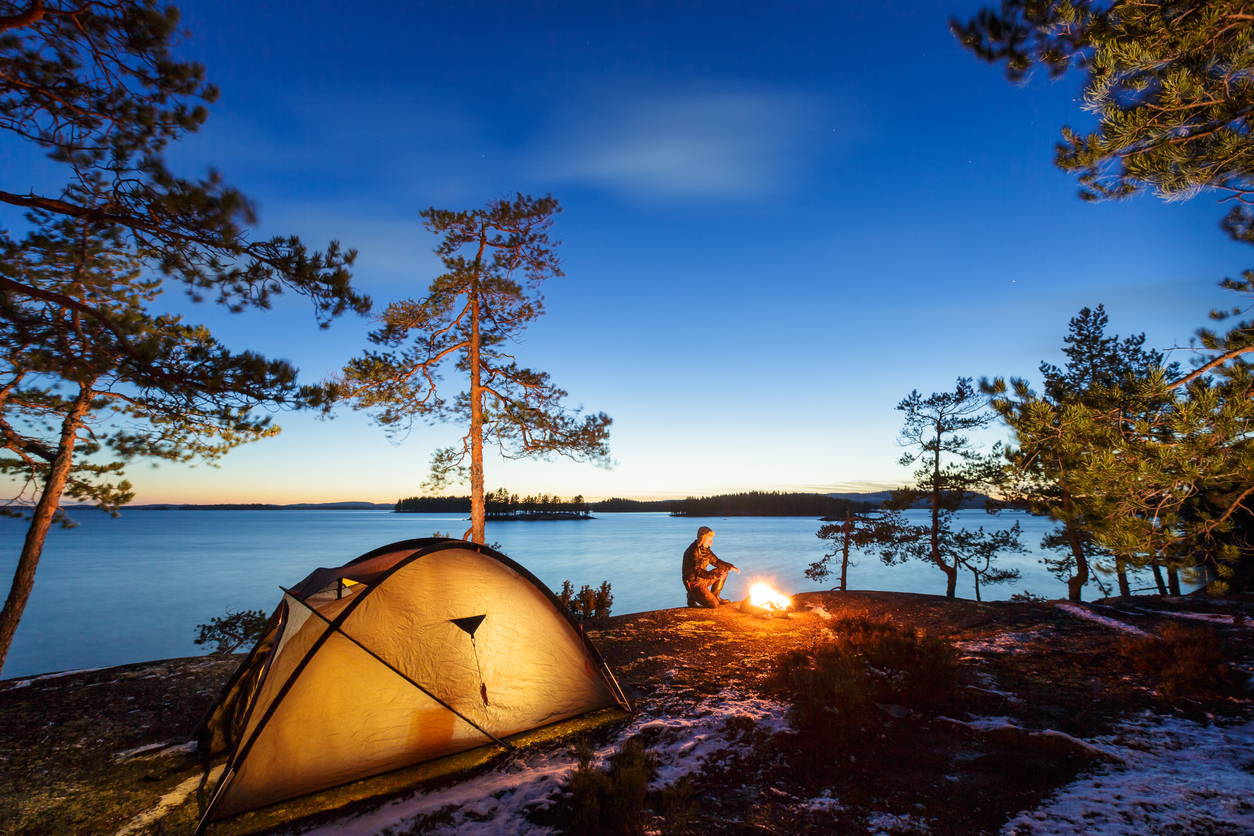
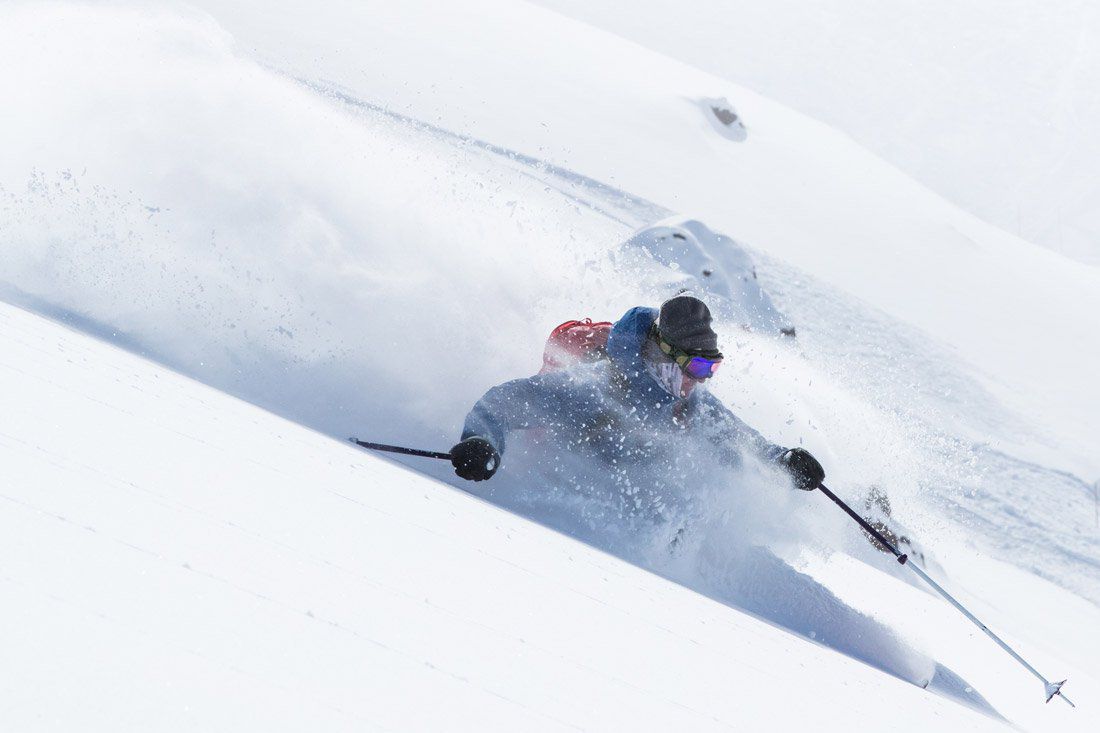
Leave a comment
This site is protected by hCaptcha and the hCaptcha Privacy Policy and Terms of Service apply.